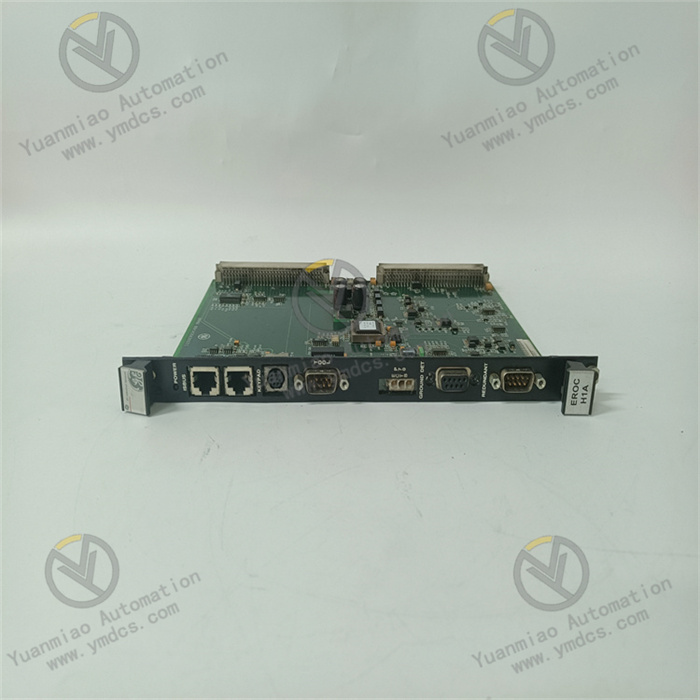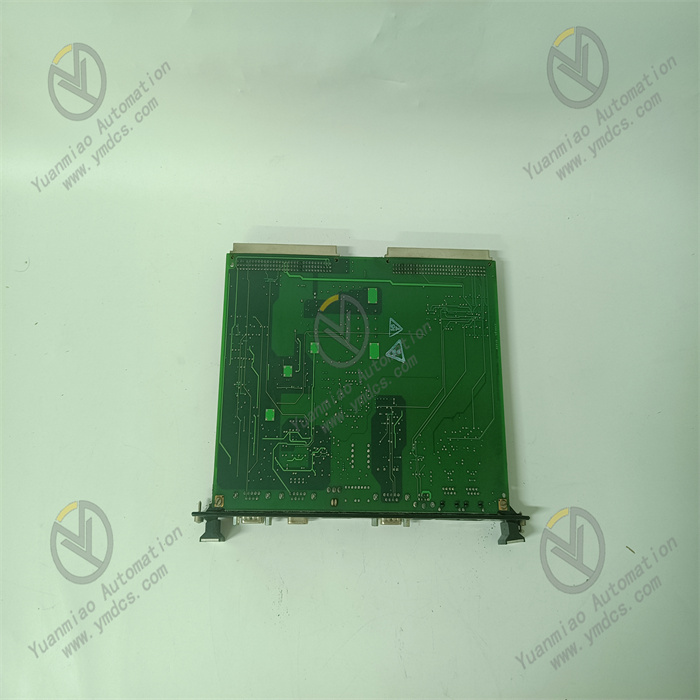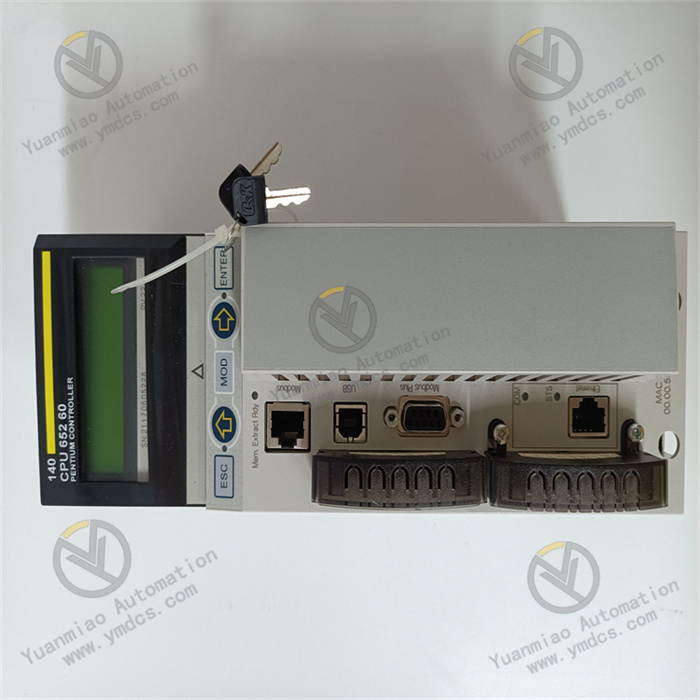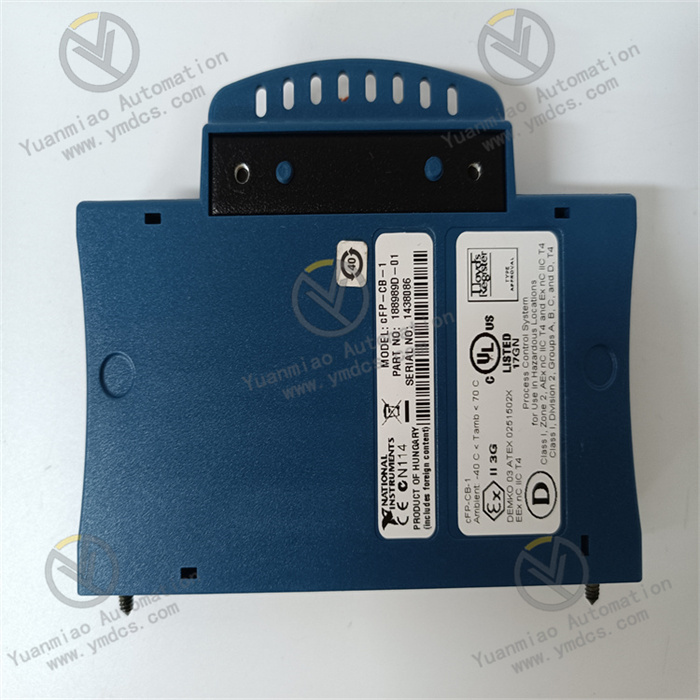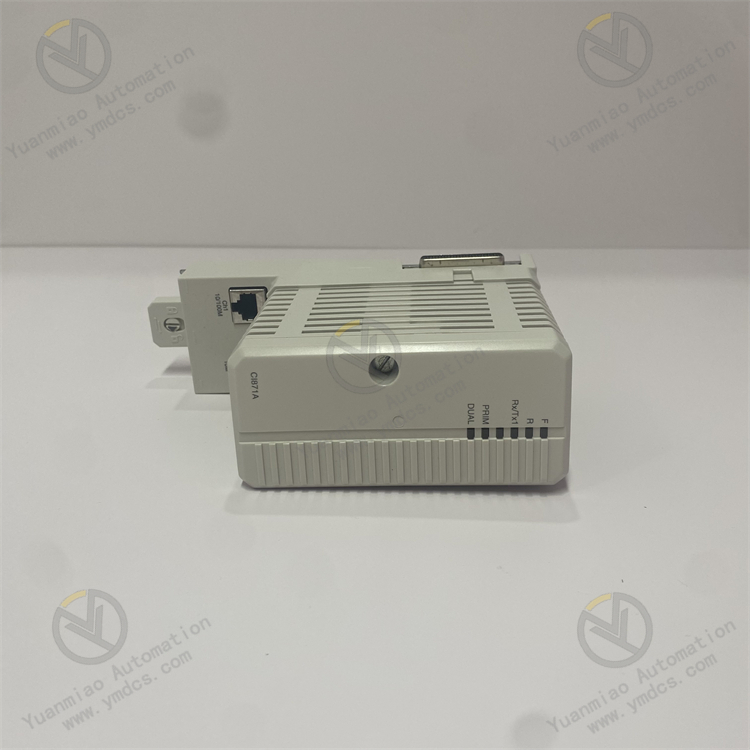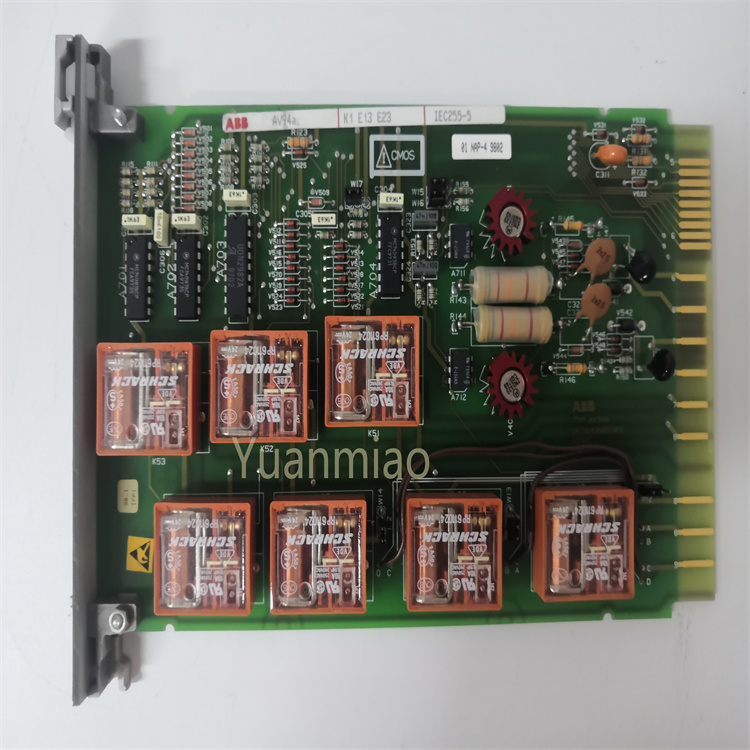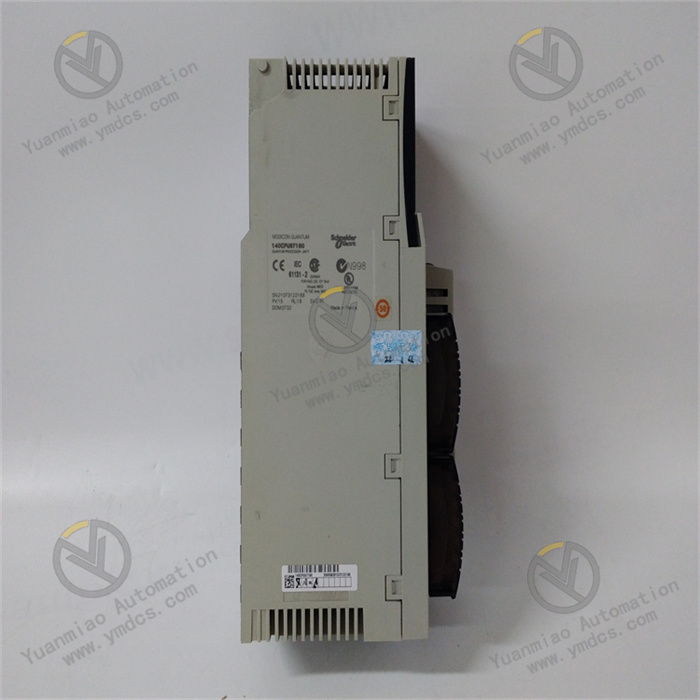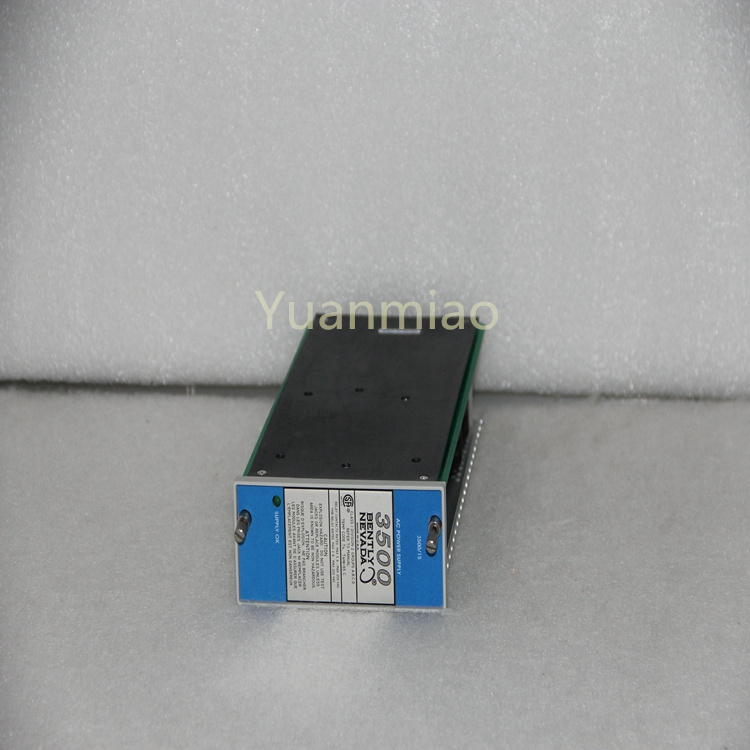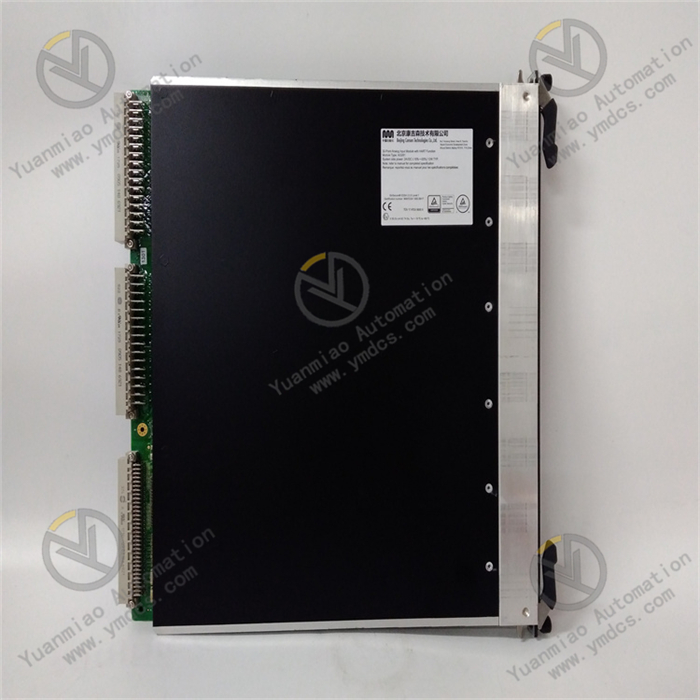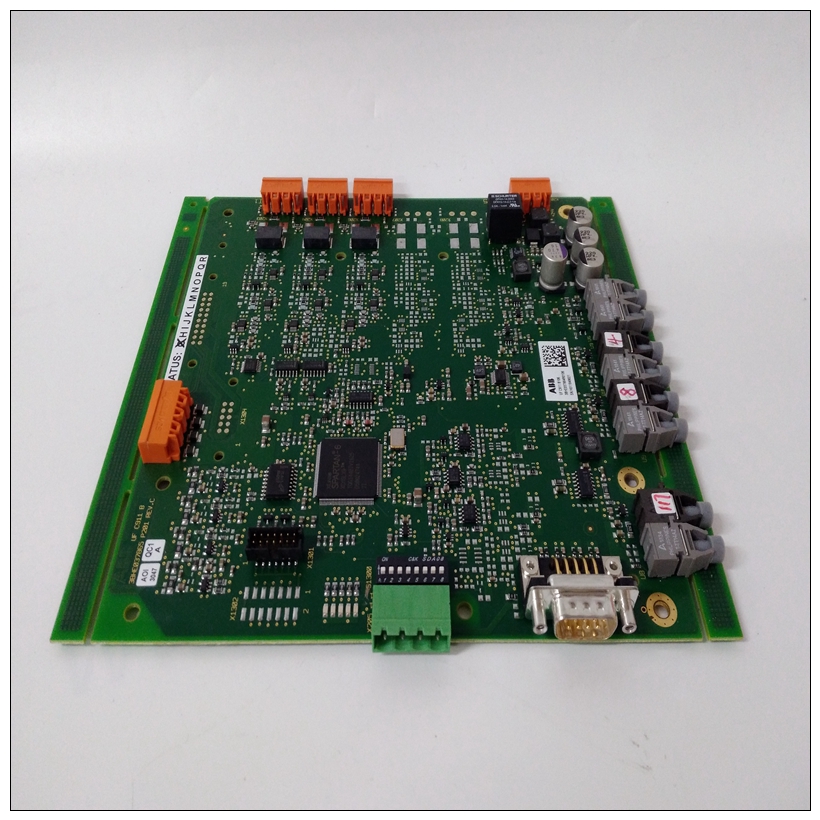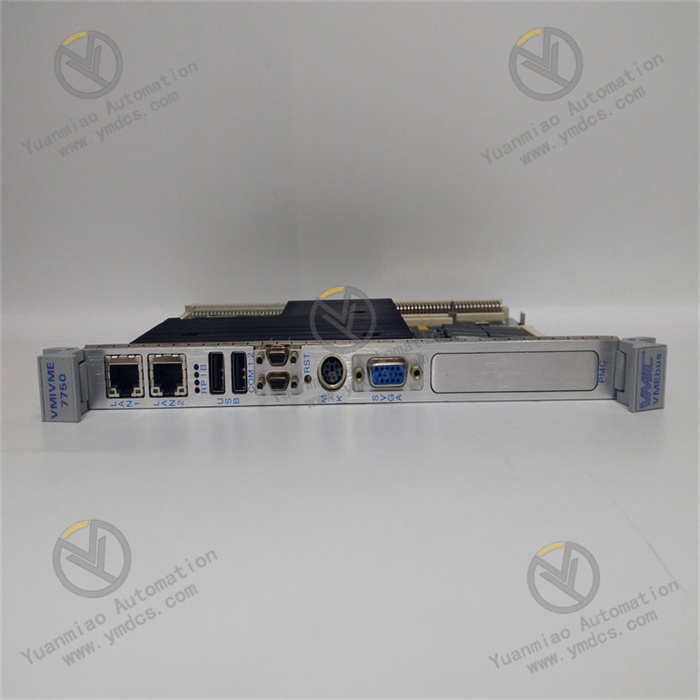Description
GE IS200EROCH1ABB
I. Overview
As a key redundant component of the Mark VIe system, this module has core advantages of "redundant reliability - multi-protocol compatibility - strong environmental adaptability": it adopts a dual independent communication channel design, supports automatic main-standby switching (switching time ≤ 100ms), and has no single-point failure risk; it is compatible with industrial standard protocols such as Modbus RTU/TCP and Profibus DP, enabling flexible connection with equipment from different manufacturers; its modular structure supports DIN rail installation and hot swapping, and is highly compatible with the Mark VIe control system and GE Speedtronic turbine management system. It is widely used in high-reliability control scenarios in fields such as electric power, petrochemicals, and new energy, and is a key communication component to ensure the "uninterrupted operation" of industrial systems.
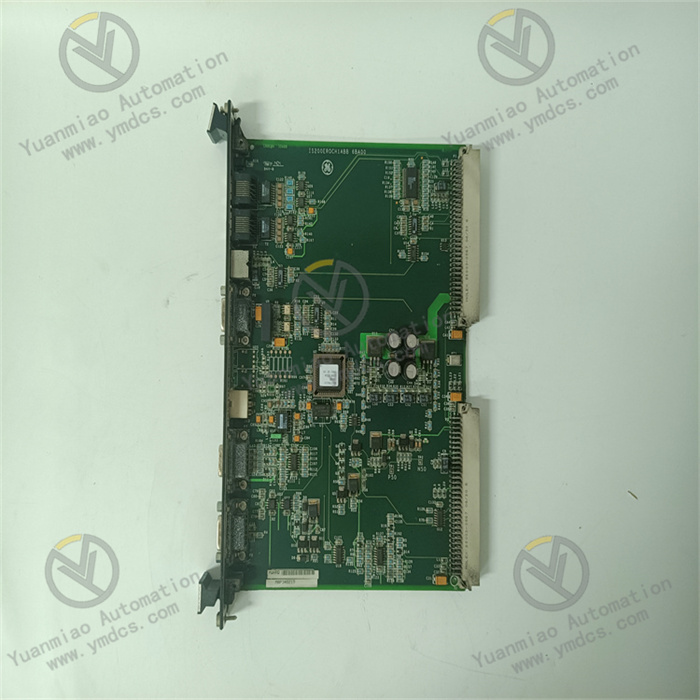
II. Technical Parameters
1. Basic Specifications
| Item | Parameter Details |
|---|---|
| Equipment Type | Redundant communication and signal adaptation module of the Mark VIe series, used for redundant data interaction within the system and protocol conversion of third-party devices |
| Compatible Systems | GE Mark VIe distributed control system, Speedtronic gas/steam/wind turbine management system |
| Installation Method | DIN rail installation (compatible with 35mm standard rails), compact design, supporting hot-swap maintenance |
| Overall Dimensions | Width 45mm × Height 120mm × Depth 110mm (suitable for narrow spaces in control cabinets, with a single module occupying little rail space) |
| Equipment Weight | Approximately 0.4-0.5 kg (including redundant communication components, lightweight design for easy installation) |
| Power Supply Requirements | Input voltage: 24V DC ±10% (dual-channel redundant power supply, supporting uninterrupted main-standby switching); rated power consumption ≤ 10W |
| Operating Environment | Temperature: -20°C~65°C (covering high and low temperature scenarios in industrial environments); humidity: 5%~95% non-condensing |
| Protection Design | PCB board is coated with military-grade moisture-proof and anti-corrosion coating; communication ports have surge protection (±4kV); shell flame retardant rating: UL94 V-0 |
| Storage Environment | Temperature: -40°C~85°C, humidity: 5%~95% non-condensing, supporting long-term offline storage and transportation |
2. Core Performance Parameters
Redundant Communication Characteristics
| Item | Parameter Details |
|---|---|
| Communication Channel Configuration | Dual independent redundant communication channels (Channel A/Channel B), supporting automatic and manual main-standby switching |
| Switching Performance | Main-standby channel fault switching time ≤ 100ms, no data loss or transmission interruption during switching |
| Communication Interface Type | Each channel includes 1 industrial Ethernet interface (RJ45, 10/100Mbps auto-adaptive) and 1 RS-485 serial interface |
| Supported Protocols | Industrial Ethernet protocols: Modbus TCP, EtherNet/IP, GE dedicated redundant protocol; Serial protocols: Modbus RTU, Profibus DP |
| Data Transmission Rate | Ethernet: 10/100Mbps auto-adaptive (full-duplex); RS-485: 2400-115200bps configurable |
| Communication Distance | Ethernet (CAT5e cable) ≤ 100m; RS-485 (shielded twisted pair) ≤ 1200m (at 115200bps) |
Signal Adaptation Characteristics
| Item | Parameter Details |
|---|---|
| Input Signal Type | Compatible with digital signals (dry contact/wet contact) and analog signals (4-20mA DC, 0-10V DC) from third-party devices |
| Output Signal Type | Converted to digital signals compatible with the Mark VIe system (transmitted via backplane bus) and standard analog signals (4-20mA DC) |
| Signal Conversion Accuracy | Analog signal conversion accuracy ±0.1% Full Scale Range (FSR), digital signal response time ≤ 1ms |
| Protocol Conversion Capability | Supports cross-protocol data mapping (e.g., converting Modbus RTU signals to GE dedicated protocols), with mapping delay ≤ 5ms |
| Channel Expansion Capability | A single module supports 8 channels of signal access from third-party devices; it can connect 4 expansion modules via an expansion bus, with a total access channel count of up to 32 |
Safety and Redundancy Characteristics
| Item | Parameter Details |
|---|---|
| Redundancy Mechanism | Communication redundancy (dual-channel hot standby), power redundancy (dual 24V DC power supply), data redundancy (dual-channel synchronous storage) |
| Fault Detection Function | Supports communication link interruption detection, protocol parsing error detection, and power under-voltage detection; diagnostic coverage rate ≥ 99.5%; fault information is uploaded in real time |
| Safety Protection | Over-voltage/over-current protection for communication ports (TVS transient suppressor + self-recovering fuse); encrypted data transmission (supports AES-128 encryption) |
| Functional Safety Level | Complies with IEC 61508 SIL 2 level requirements, suitable for safety-related scenarios (e.g., emergency shutdown signal transmission) |
III. Functional Features
1. Dual Redundancy Design to Ensure Uninterrupted Communication
2. Multi-Protocol Compatibility to Break Down Equipment Collaboration Barriers
3. High-Precision Signal Conversion to Ensure Data Accuracy
4. Intelligent Fault Diagnosis to Simplify Maintenance Processes
5. Adaptation to Harsh Environments to Improve System Durability
IV. Operation, Maintenance and Troubleshooting
Daily Maintenance Points
- Redundancy Status Monitoring: Check the module's redundancy status through the Mark VIe HMI daily to confirm that the dual communication channels are synchronized normally (data deviation < 0.1%) and the dual power supplies are stable (voltage 21.6-26.4V DC). On-site, check the module's indicator lights: the main channel light (solid green), standby channel light (flashing yellow), power lights (solid red, both lights on when dual power supplies are normal), and ensure no fault lights (red) are on.
- Communication Link Inspection: Check the Ethernet and RS-485 cable connections monthly, and re-tighten the connectors (torque 0.3-0.5N・m) to avoid poor contact caused by vibration. Use a network tester to measure the Ethernet link signal-to-noise ratio (should be ≥ 30dB), and use a multimeter to measure the RS-485 bus impedance (should be within the range of 120Ω ± 10%, matching the terminal resistor).
- Protocol and Data Verification: Verify the protocol parameters (such as baud rate, parity, and slave address) between third-party devices and the module through configuration software (ControlST) quarterly to ensure consistency. Randomly select 5 channels of signals for data comparison (data converted by the module vs. original data from third-party devices), and the error should be ≤ ±0.1% FSR.
- Environment and Cleaning: Clean dust on the module surface and heat dissipation holes weekly (using compressed air to blow along the heat dissipation direction). Check the installation environment temperature monthly (measure the module surface temperature with an infrared thermometer, which should be < 60°C) and humidity (avoid condensation). For high-temperature and high-humidity scenarios, enhance ventilation or add dehumidification equipment.
Common Faults and Solutions
| Fault Phenomenon | Possible Causes | Solutions |
|---|---|---|
| Frequent Redundant Channel Switching | 1. Signal attenuation of the main channel link; 2. Electromagnetic interference; 3. Incorrect redundant configuration parameters | 1. Use a network tester to detect the signal-to-noise ratio of the main channel; replace the cable or add a signal amplifier if it is < 20dB; 2. Keep the communication cable away from frequency converters (distance ≥ 3m), and use shielded twisted pairs with single-ended grounding; 3. Verify the redundant switching threshold (e.g., switching triggered by 3 cycles of signal loss) and reconfigure |
| No Signal Access from Third-Party Devices | 1. Mismatched protocol parameters; 2. Faulty communication port; 3. Incorrect device address | 1. Verify the protocol parameters (such as Modbus RTU baud rate and data bits) between the module and third-party devices to ensure consistency; 2. Switch the device to the standby communication port; if the problem is resolved, the original port is faulty and the module needs to be replaced; 3. Confirm that the slave address of the third-party device is consistent with the module configuration (e.g., Modbus slave address 1) |
| Module Reports "Power Redundancy Fault" | 1. Interruption of one power supply; 2. Faulty power switching circuit; 3. Abnormal power supply voltage | 1. Use a multimeter to measure the voltage of the dual power supplies; check the cable or power module if there is no voltage; 2. Manually switch the power supply channel; if switching fails, the switching circuit is faulty and the module needs to be replaced; 3. Add a voltage-stabilizing power supply if the voltage fluctuation exceeds ±10% |
| Excessive Data Transmission Delay (> 5ms) | 1. Excessively long communication distance; 2. Network congestion; 3. High protocol parsing load | 1. Add a switch if the Ethernet distance exceeds 100m, and add a repeater if the RS-485 distance exceeds 1200m; 2. Reduce the number of devices in the same network (a single module can access ≤ 8 devices); 3. Disable unnecessary protocol parsing functions (e.g., keep only Modbus TCP parsing) |
V. Application Scenarios
- Gas Turbine Redundant Control System: In the gas turbine system of a combined-cycle power plant, the module adopts a dual-module redundant configuration, communicates with the Mark VIe controller through dual Ethernet channels, and connects to third-party devices such as fuel valve positioners (Modbus RTU) and flame detectors (EtherNet/IP) at the same time. When one module fails, the standby module takes over communication within 100ms, ensuring that fuel control commands and flame monitoring data are not interrupted, and complying with SIL 2 safety level requirements.
Auxiliary System Collaboration for Thermal Power Plant Steam Turbines: In a 600MW steam turbine system, the module connects to a Siemens frequency converter (controlling the circulating water pump) via the Profibus DP protocol and to a Schneider PLC (controlling the condensed water system) via Modbus TCP. It converts data such as pump speed and condensed water level into a format compatible with the Mark VIe system. The controller realizes the "circulating water pump - condensed water pump" linkage control based on this data, and the module's redundant communication design ensures that the linkage logic is not interrupted, improving system operating efficiency.
Wind Turbine Cluster Monitoring in Wind Farms: In a 100MW wind farm, a single module connects to the pitch controllers (RS-485 Modbus RTU) of 8 wind turbines, collects data such as blade angle and generator speed, and transmits it to the central control room's Mark VIe system via dual Ethernet channels. When one Ethernet channel is interrupted, the module automatically switches to the standby channel, ensuring that wind turbine status monitoring and remote control are not interrupted, and is suitable for outdoor wide-temperature environments (-20°C~65°C).
Reactor Safety Interlock in Petrochemical Plants: In the Emergency Shutdown (ESD) system of a chemical batch reactor, the module connects to third-party safety devices such as high-pressure alarm contacts (dry contacts) and temperature transmitters (4-20mA), and converts the alarm signals into safety signals recognizable by the Mark VIe system. When excessive pressure is detected, the module quickly transmits an "emergency shutdown" command through the redundant channel, with a response time < 10ms, ensuring safe pressure relief of the reactor.


